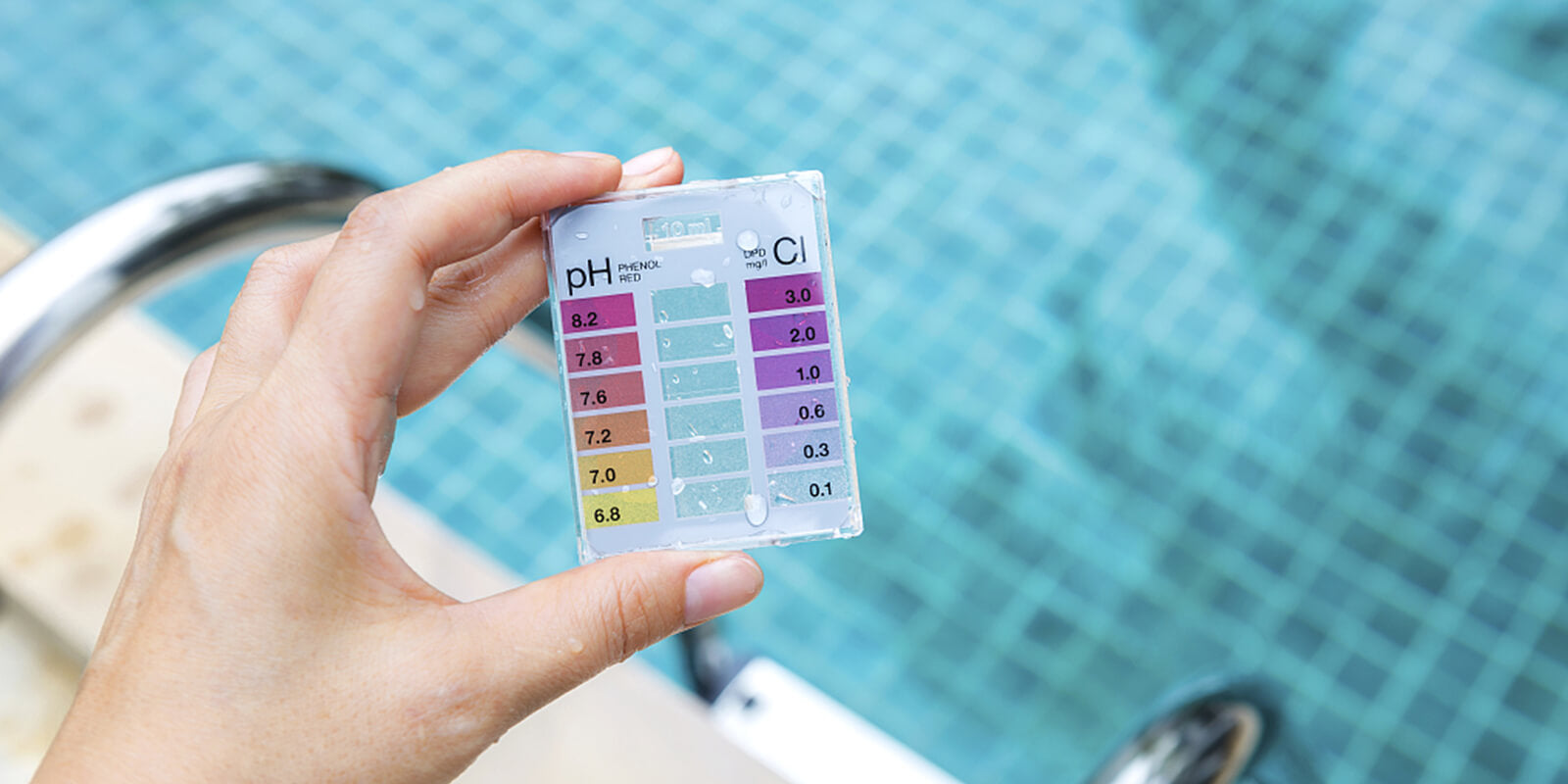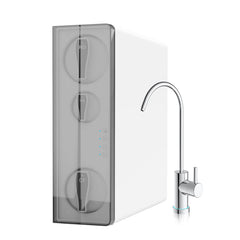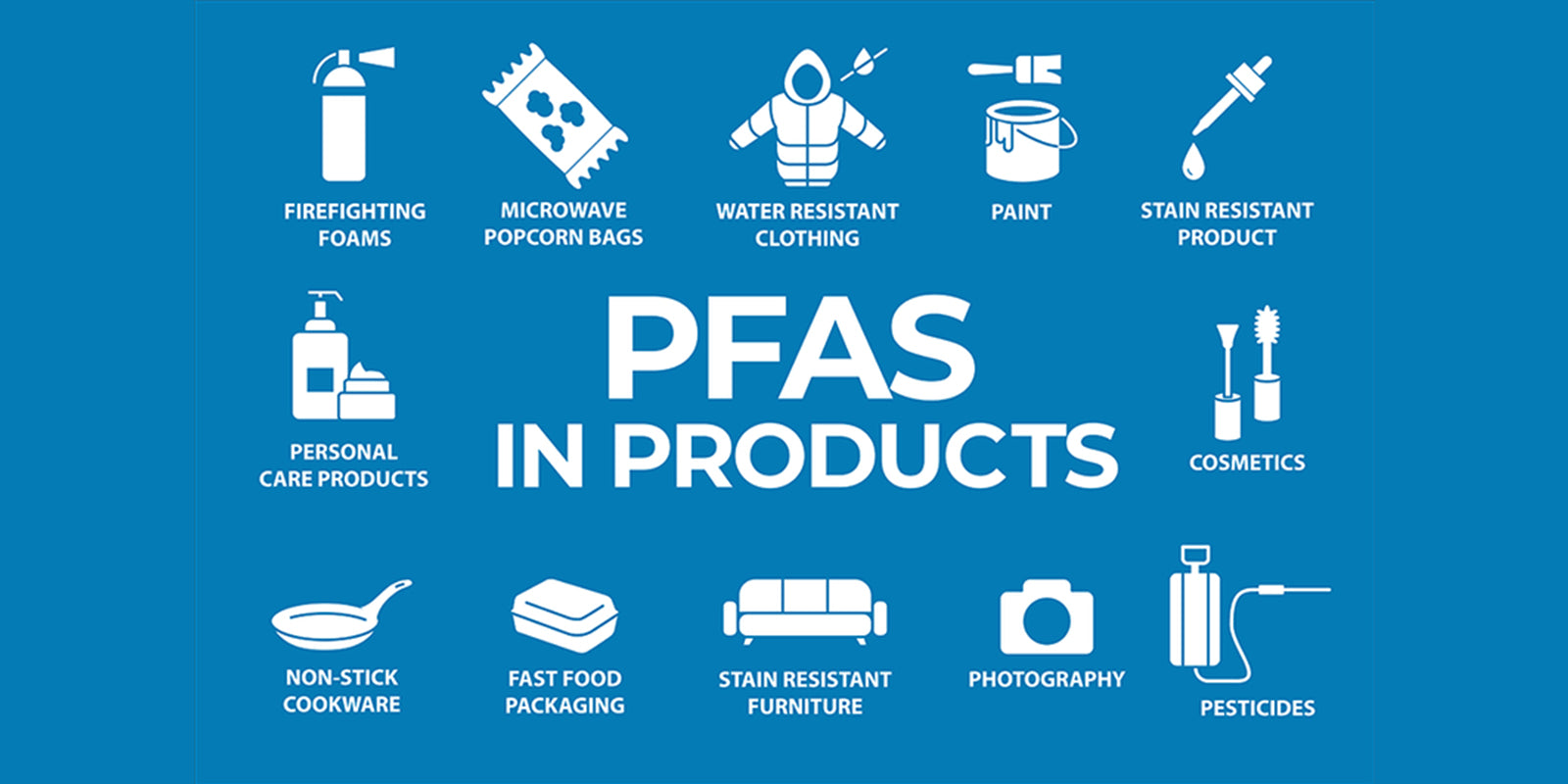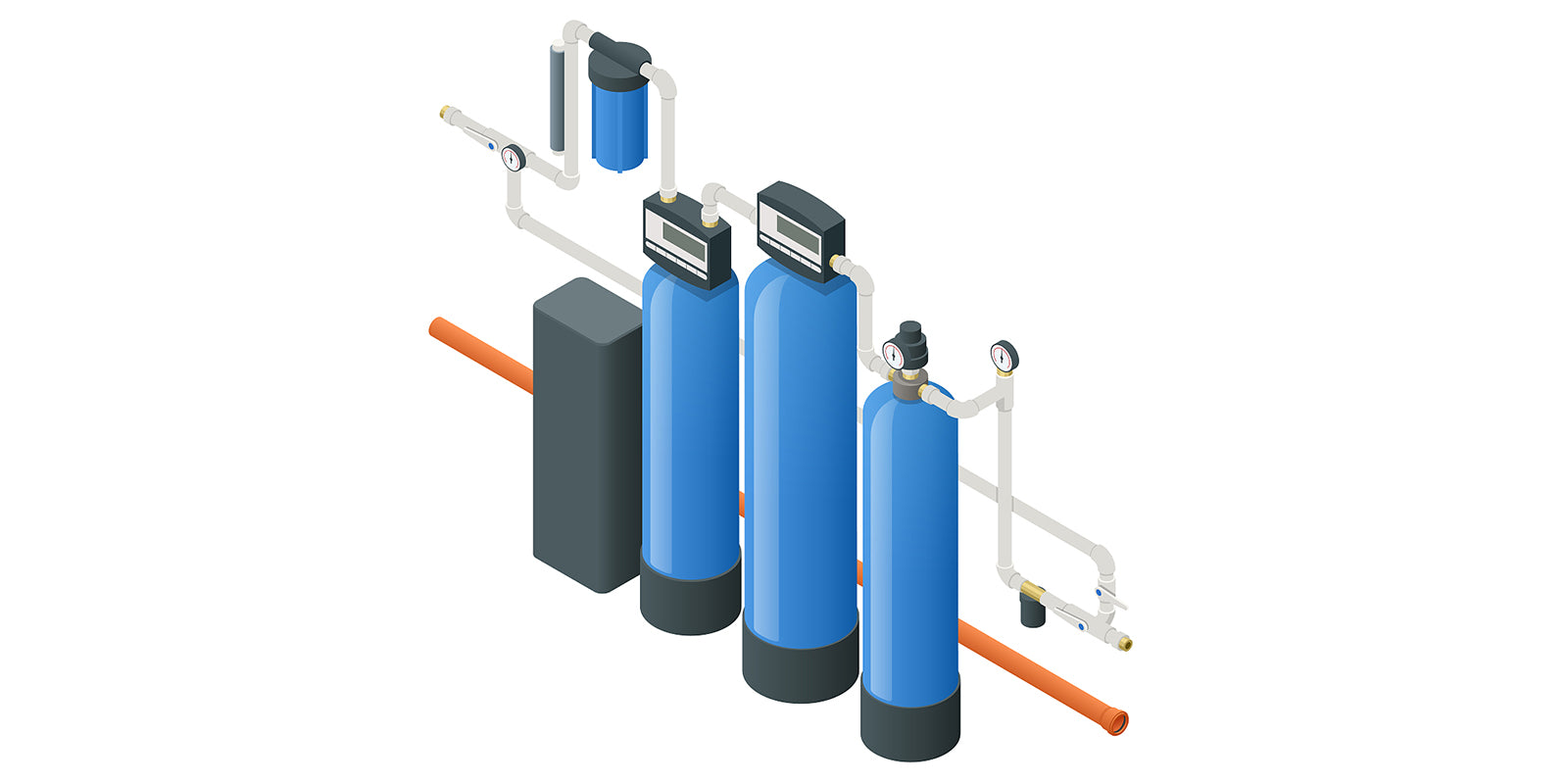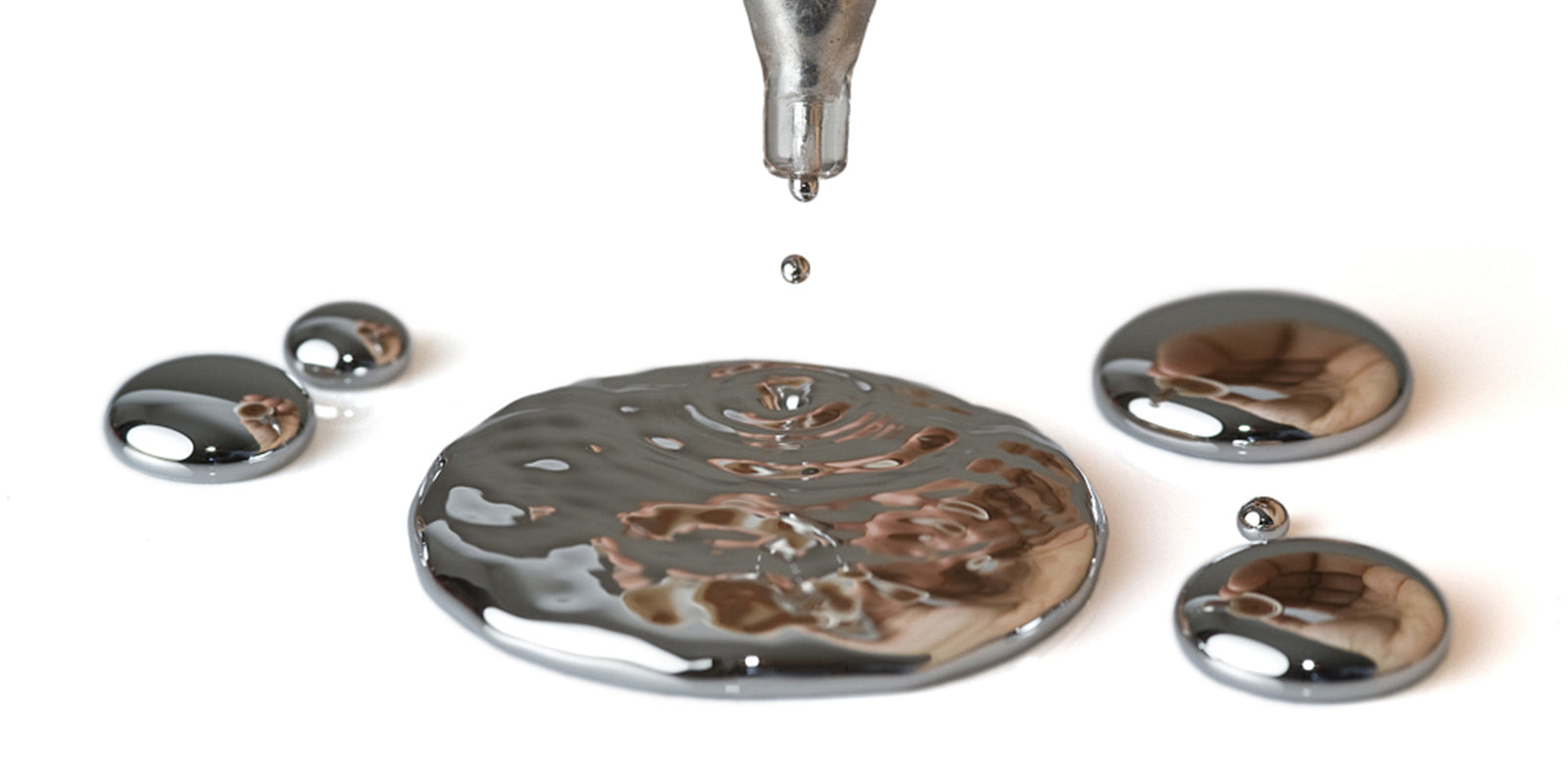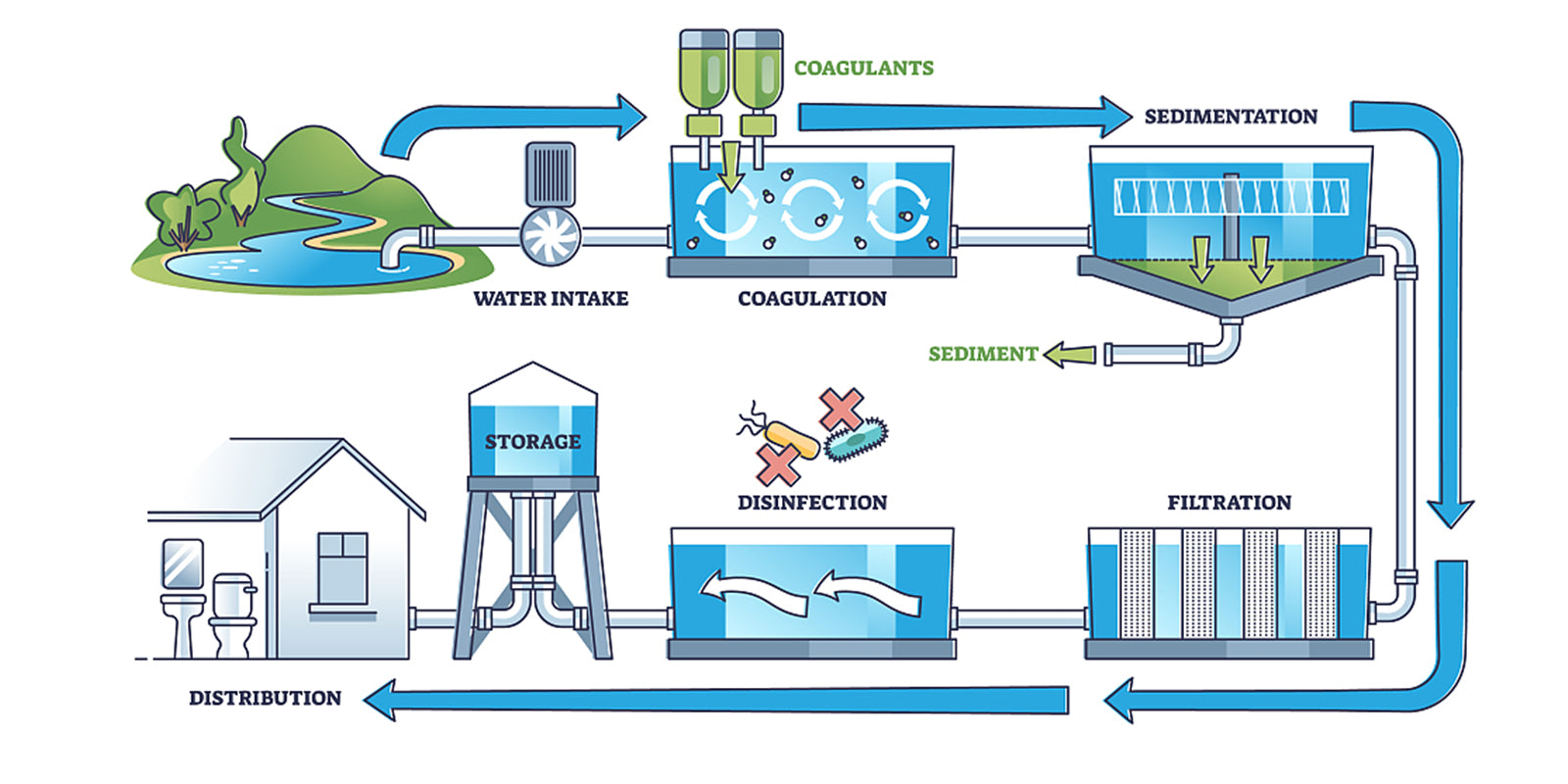For many people, they may usually drink water with a bad taste, which is similar to bleach or even a foul smell, it may result from that the water contains excess chlorine. Chlorine will not only produce this kind of odor, but also cause health problems when drinking water containing chlorine for a long time, so people can't help but ask about how to remove chlorine from water. This article will tell you the answer to this issue.
What is chlorine?
Before discussing this issue, we must first have a certain understanding of chlorine. First of all, chlorine is a non-metallic element that exists in places like seawater and the earth's crust in various forms. In our daily life, we are more familiar with its state as a liquid form of a cleaning agent.
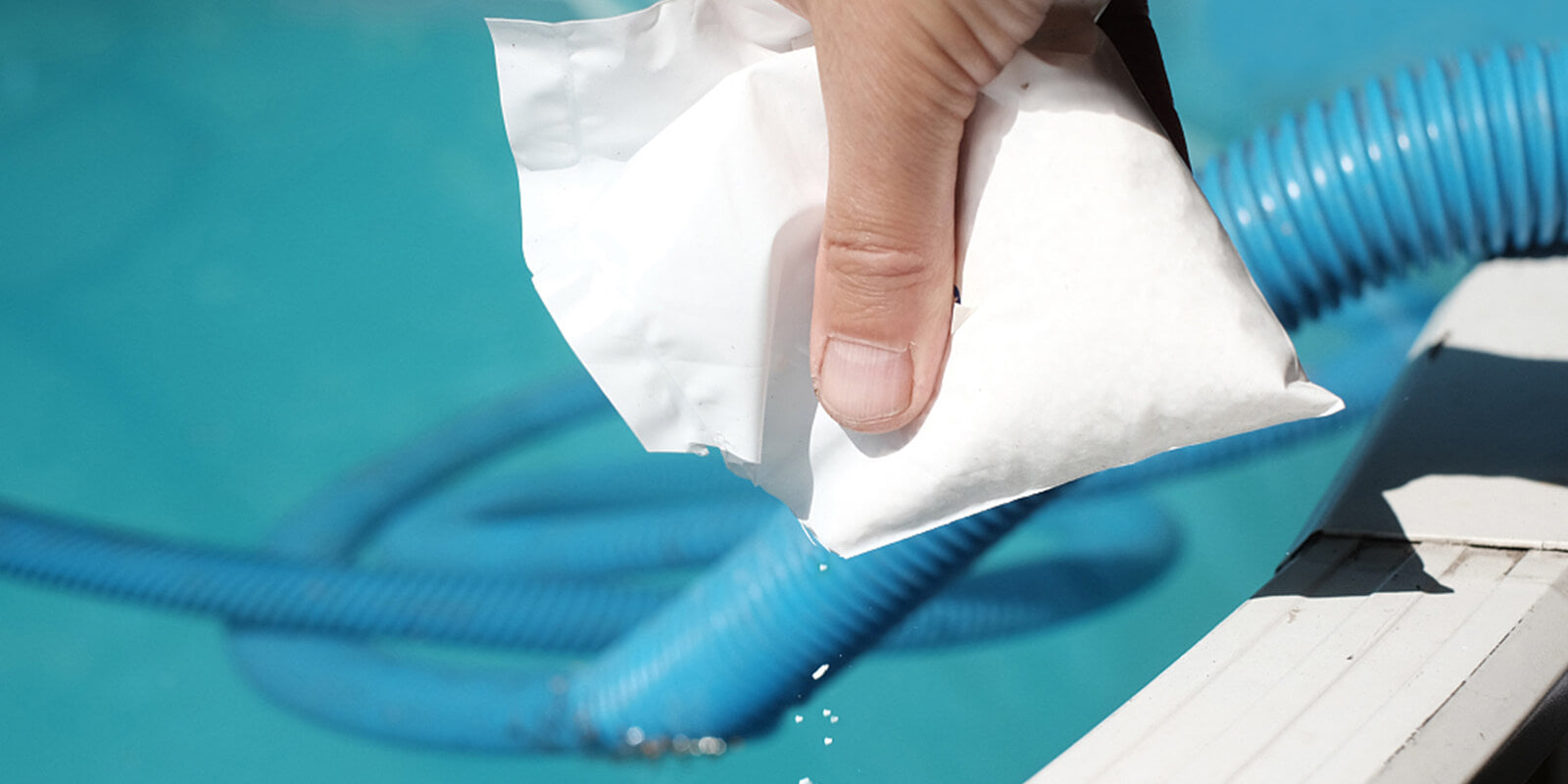
Why should we remove chlorine from water?
Generally speaking, a certain amount of chlorine is safe, which is from 1.0 to 4.0 milliliters per liter in drinking water, but even if it is within the safe range, it is not recommended to drink it for a long time, because it may cause the following problems:
Taste & Smell
The most obvious effect of chlorine in water are the unpleasant smell and taste of the water, and brewing with this water can also change the taste of beverages such as coffee and tea.
Effect on health
Drinking chlorinated water for a long time can cause a series of health problems, such as throat pain, stomach pain, vomiting, etc. The by-products produced may even cause cancer.

Damage to home and animals
Cleaning furniture with chlorinated water can also cause corrosion of floors and furniture, it can also affect the health of fish and household pets.
How can we remove chlorine from water?
Now that we understand what chlorine is and what effects it has on various facets, we need to discuss how to remove chlorine from water:
Boiling
How long to boil water to remove chlorine? Boiling for at least 15 minutes will release the chlorine, which is probably the easiest way to remove chlorine, but it is not particularly suitable for all drinking water, because it is generally drunk or used after cooling.
Distilling
Distillation is also a common method of dealing with water pollution, but this method has its own limitations, such as this method is time-consuming and expensive.
Cooling
Another way to deal with chlorine is to cool it. You can place an open container of tap water in the refrigerator and the chlorine will evaporate over time. But depending on the amount of water, you may need 24 hours or longer. You can also let water sit to remove chlorine, but it may take longer time.
Lemon juice
You can also try adding a few drops of lemon juice to the water. The acid in the lemon juice will neutralize the chlorine. According to this, you can add a few drops of vitamin C to the water.
Ultraviolet light
Ultraviolet light can also be used to disinfect water, which removes chlorine from the water. This method works by destroying chlorine molecules. However, due to its high price, it is not widely used in households.
Water filtration system
Compared with other methods, the most efficient and simple way is to use a water filtration system to filter the water. There are many different types of water purifiers on the market. You need to choose a water filtration system that is suitable for your family and can remove chlorine. For example, activated carbon filters that work by adsorbing chlorine molecules to the surface of the carbon, reverse osmosis systems also remove chlorine by blocking large molecules of chlorine as water passes through a semipermeable membrane.
In short, the above-mentioned methods for removing chlorine in water are applicable to different situations. When choosing, you should choose the method that suitable for you. Hoping this article will help you in terms of chlorine removal.
AWater 1 Tankless Reverse Osmosis System Under Sink RO Water Filtration

